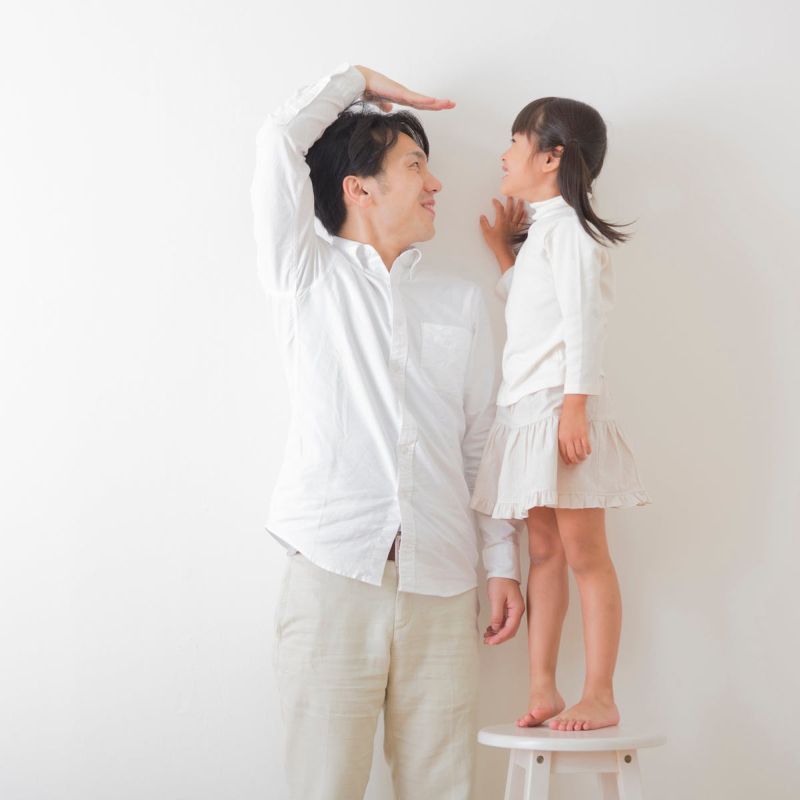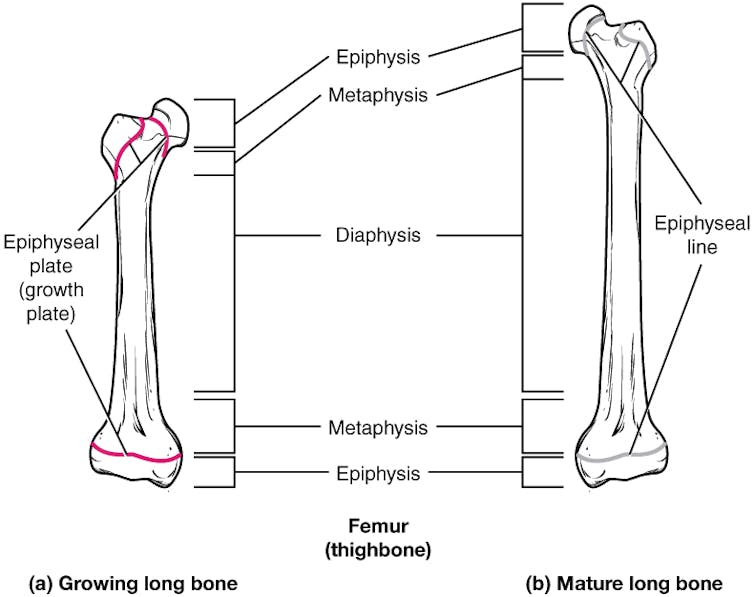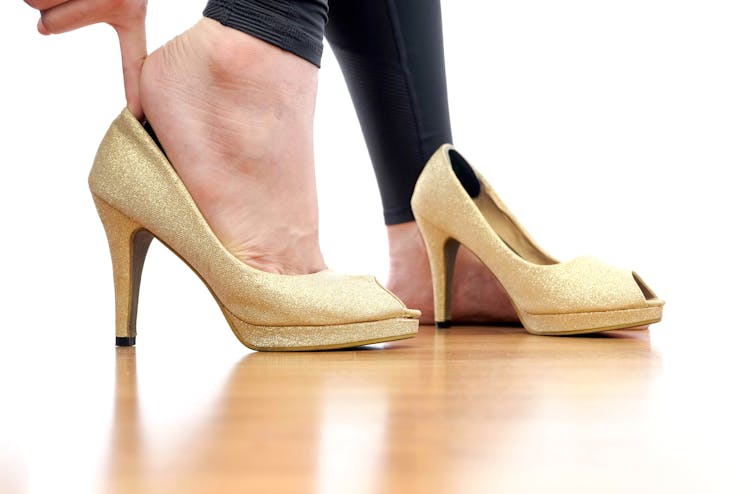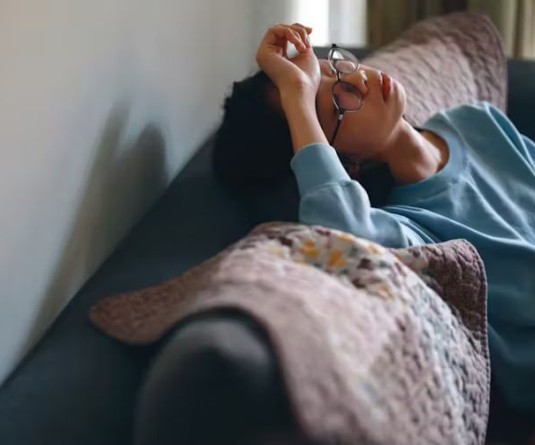1

Barry Bogin, Loughborough University
Do grownups still grow? – Emma, aged five, UK
Some parts of grownups do not grow. Some parts do grow. And some parts seem to grow but really do not.
Grownups cannot get taller. The bones of their arms, legs, chest and neck lose the ability to get longer. This is because these bones grow at their ends and these growing ends eventually join together which stops growth in height.

Curious Kids is a series by The Conversation that gives children the chance to have their questions about the world answered by experts. If you have a question you’d like an expert to answer, send it to curiouskids@theconversation.com. We won’t be able to answer every question, but we’ll do our very best.
Your thigh bone (properly called the femur), for example, has growing ends near your hip and your knee. You can see these growing ends, called an epiphysis (pronounced eh-pif-uh-sis), as the red lines in the picture of the growing femur here. The bone grows longer by adding new cells in the red spaces.
You stop growing when these red spaces close or run out of new cells. The picture of the mature femur shows that the epiphyses have closed and growth is finished. This happens to girls when they are about 16 to 18 years old and happens to boys when they are about 18 to 22 years old.

Grownups cannot get taller, but they do get shorter. After age 30, people start to become a little bit shorter. They lose about two and a half centimetres of height by the age of 55 years. They get shorter because the connections between bones, called cartilage, get squished together.
This happens even to kids. Measure your height when you get out of bed in the morning and then again before you go to bed that night. You will be a little bit shorter because during the day your cartilage was squished. When you sleep, the cartilage expands, and you are taller again in the morning.
Muscles can grow
Grownups can grow bigger muscles if they exercise and if they eat healthy food. Riding a bike or running a lot will make leg muscles bigger. Lifting weights and doing press-ups will make arm muscles bigger. It’s best to do some exercise for all your muscles.
Eating lots of fatty and sugary food, like too many chips, crisps or sweets, can make adults and children put on weight as fat. This is a kind of growing, but not a healthy kind. The best way to stay healthy and grow well is to do exercise and eat a lot of different kinds of healthy foods, like fruit and vegetables, and just a few crisps and sweets.
Some parts of grownups seem to get bigger. Sometimes grownups need to buy bigger shoes and they may think that their feet are growing. But the bones in their feet are not growing. What is actually happening is that the connections between the bones in their feet are sagging and the arch on the bottom of their feet is stretching out.

Ears and noses of older adults do grow a little bit bigger because these parts are made mostly of cartilage, a type of body cell that can continue to divide into more cells as we age. Noses get just a tiny bit bigger but ears can become almost one centimetre longer. Also, gravity pulls down on noses and ears and as the cells become older they sag down, making these body parts seem larger.
The hands and faces of some grownups do get a little bit bigger as they get older. This happens because the brain produces something called growth hormone, which helps make the bones of kids grow a lot longer and wider. Grownup brains also make some growth hormone, and this can make faces and hands grow. Usually, this growth is very slow, but the brains of a few grownups make too much growth hormone and then their faces and hands can become too big. Doctors can stop this from happening with special treatments.
Curious Kids is a series by The Conversation that gives children the chance to have their questions about the world answered by experts. When sending in questions, make sure you include the asker’s first name, age and town or city. You can:![]()
- email curiouskids@theconversation.com
- tweet us @ConversationUK with #curiouskids
- DM us on Instagram @theconversationdotcom
Barry Bogin, Professor of Biological Anthropology (Emeritus), Loughborough University
This article is republished from The Conversation under a Creative Commons license. Read the original article.






